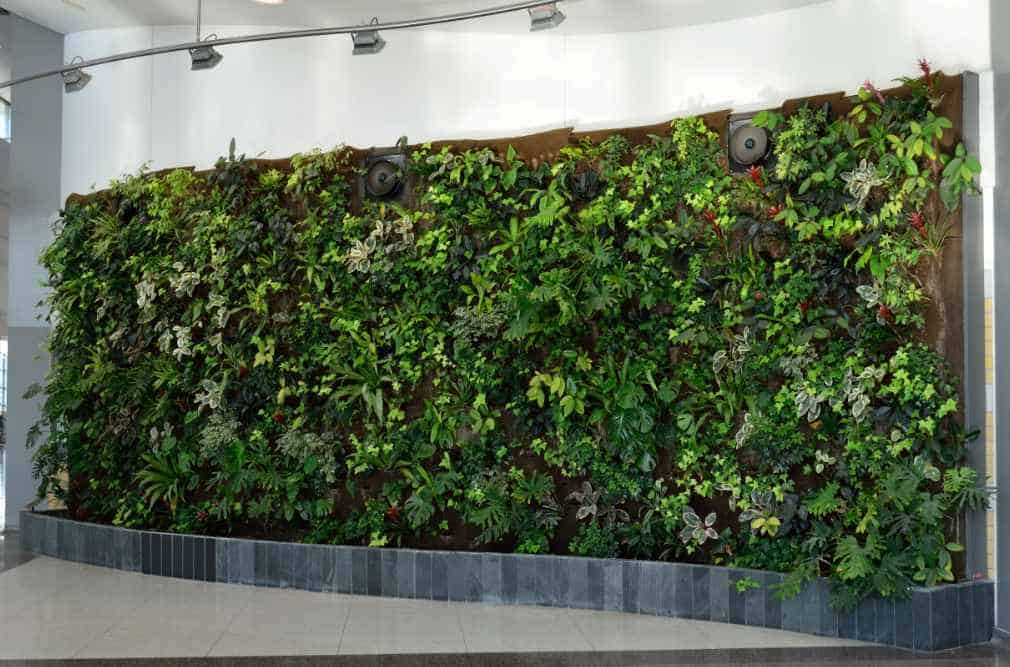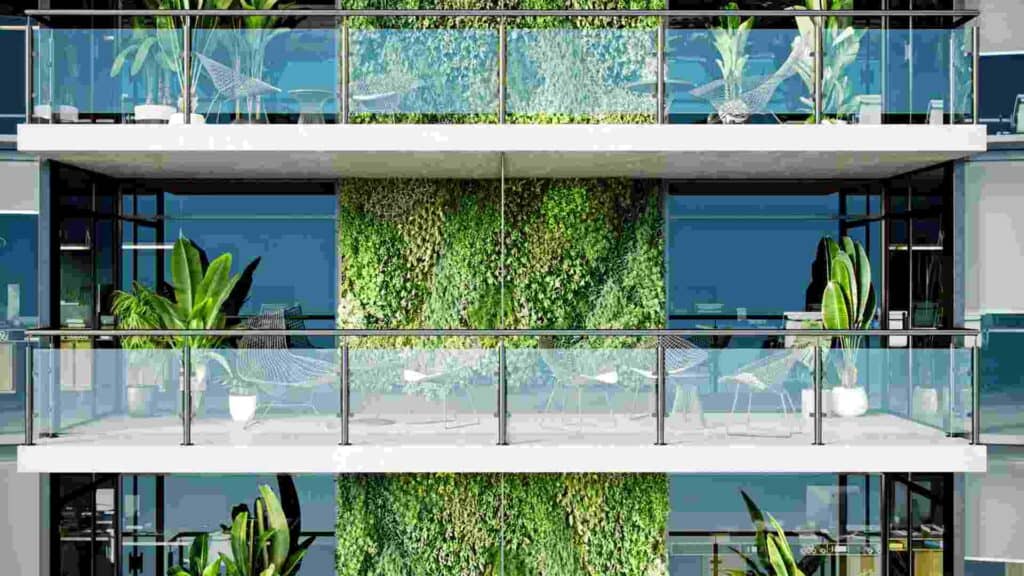In densely populated urban areas, air pollution is a significant concern that affects the health and well-being of the residents. With limited space for traditional green areas, finding innovative solutions to combat air pollution is crucial. One such solution gaining popularity is the implementation of living walls. These vertical gardens not only add aesthetic appeal but also have the potential to improve air quality in urban environments significantly. In this article, we will explore how living walls can contribute to cleaner air and create healthier cities.
1. Natural Air Filtration
Living walls, also known as green walls or vertical gardens, consist of plants grown vertically on a structure attached to a building or a freestanding system. Plants play a vital role in purifying the air by absorbing harmful pollutants and releasing oxygen through photosynthesis. By installing living walls in urban environments, we can introduce a natural air filtration system that helps mitigate the negative effects of pollution.

2. Removal of Airborne Toxins
Urban areas are often plagued by high levels of volatile organic compounds (VOCs), which are emitted from various sources such as vehicles, industrial activities, and household products. Living walls can absorb and metabolize these harmful substances, effectively reducing their presence in the air. Research has shown that plants, particularly those with broad leaves and high transpiration rates, are capable of removing significant amounts of VOCs, including formaldehyde, benzene, and xylene.
3. Particulate Matter Reduction
Particulate matter (PM) refers to a mixture of solid particles and liquid droplets suspended in the air. These particles can be harmful when inhaled, especially the fine particles known as PM2.5 and PM10, which have adverse health effects. Living walls act as physical barriers that capture and trap these particles, preventing them from entering the surrounding air. The plant surfaces and the microorganisms associated with them can also facilitate the decomposition of these trapped particles over time.

4. Cooling Effects
Urban areas often experience the urban heat island effect, where temperatures are significantly higher than the surrounding rural areas. Living walls can help counteract this effect by providing natural shading and cooling. The transpiration process of plants releases moisture into the air, which can lower temperatures in the immediate vicinity. By implementing living walls strategically, cities can create microclimates that alleviate the heat stress on residents and reduce the need for energy-intensive air conditioning.
Conclusion
Living walls offer a promising solution to combat air pollution and improve the quality of urban environments. Through their natural air filtration capabilities, living walls can help remove harmful pollutants, reduce particulate matter, and create a healthier atmosphere for urban dwellers. Additionally, the noise reduction and cooling effects further enhance the overall livability of cities. As we strive for sustainable urban development, incorporating living walls into our architectural designs can contribute to building greener, healthier, and more vibrant urban spaces for the benefit of present and future generations.

